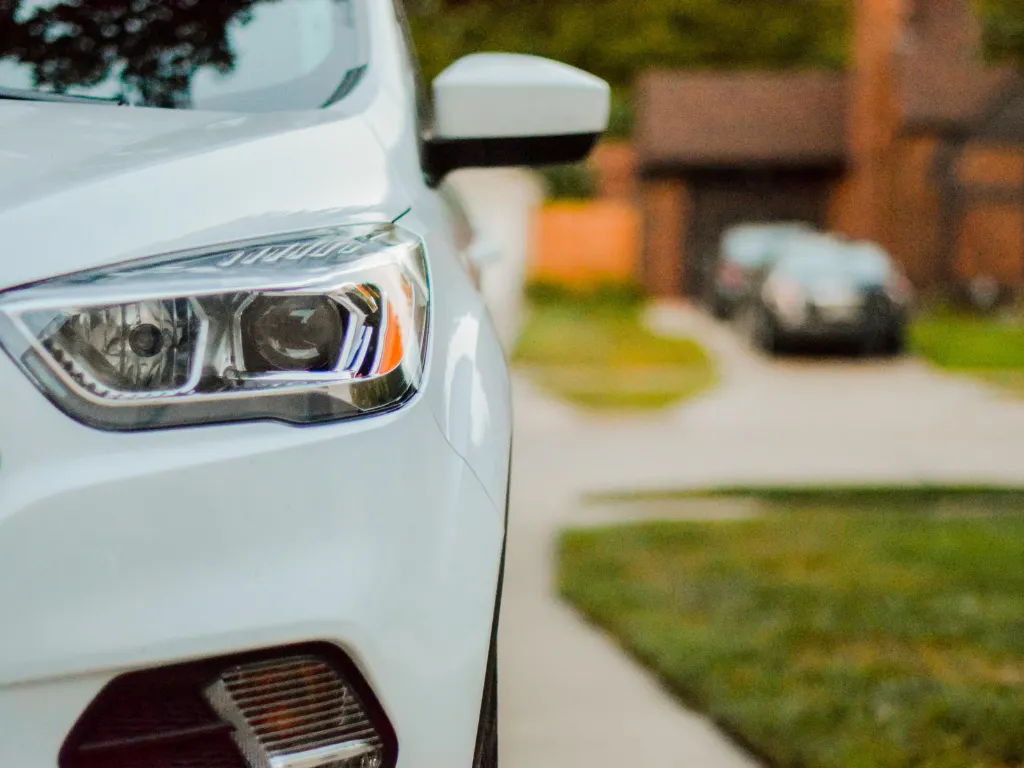Life insurance, car insurance, homeowners insurance… there's a lot to consider for each one. To help you get started, we created this guide with the help of insurance adjuster Edgar Barzaga.
With more than six years of experience working in insurance, for Edgar Barzaga, the most satisfying part of his work is sitting down with his clients to help them understand the various options and choose the insurance that best fits their needs. “It motivates me knowing that my job is useful,” he explains.
He's a native of Cuba but has been living in the United States for more than 15 years. At first, he stayed in Miami, where he worked in his profession as an engineer. But he decided to focus on insurance and moved to Houston several years ago.
With his help, we're going to define some basic concepts to understand the world of insurance, which will be very useful to you when you buy or renew your life, auto, or homeowner's insurance policy.
First, two terms that relate to all types of insurance, and which are necessary to keep in mind.
1. Premium: A monthly fee you pay in order to be insured. “In other words, the real cost that the client has to pay to be eligible to receive the policy's benefits,” notes Edgar. Normally, the higher the premium, the more generous the coverage. In some cases, however, companies do charge higher premiums when they suspect there may be a higher risk.
2. Deductible: The portion paid by the policyholder when an incident occurs (accident, fire, etc.). “Let's say the deductible is $1,000 and the damage caused was $60,000. They (the insurer) will pay $59,000,” explains Edgar.

Homeowner's insurance
Homeowner’s insurance is a type of insurance that “packs” in various things, but each one is different. It includes the dwelling, personal property insurance, loss of use, liability and medical payment.
3. Dwelling: “The cost the insurance company will pay to rebuild or completely replace the property,” explains Edgar. That is to mean, when the house is completely destroyed for whatever reason. Normally, it's the same amount of money that the bank lends you to cover the mortgage. For example, if you make an initial payment of $10,000 to buy a house valued at $250,000, and the bank lends you $240,000, that's the sum of the dwelling.
4. Personal property insurance: This portion of the insurance covers everything inside the house (furniture, jewelry, household appliances), plus other assets which were not part of the original construction, but are inside the property. For example, the patio fence. “If you pick up the property by one corner and you shake it, everything that falls is personal property,” jokes Edgar to reinforce his example.
5. Loss of use: Let's imagine that something happens which renders your house uninhabitable for some time. While the repairs are underway, this aspect of the homeowner's insurance “is money given to the policyholder to stay in a hotel or other property of the same category as the one in which they were living,” says Edgar.
6. Medical payment and liability: This is a component of homeowner's insurance which covers the medical expenses of a person inside the home. “Let's say you invite a person to your home, and that person falls. As they are on your property, you are responsible for their medical expenses.” This can be related to, but should not be confused with, the following component. However if that person who fell in your house cannot work, or needs to have an operation, “one part of that is the medical expenses, which is already covered, but if they sue you for not being able to work, then it's covered by another part of the liability,” explains Edgar.

Life Insurance
Those of us who immigrated from Latin American don't consider it so important, but in the United States this type of insurance can be very useful in cases when, for example, a property is under the name of a married couple. If one of them dies, the other person will be able to continue making the payments, even though they've lost income as a family.
Edgar explains that there are various kinds of life insurance. But there are two main types– term and whole life insurance. Each one has its pros and cons.
7. Term: These policies are for a fixed amount of time. It can be 10, 20, or 30 years. It's relatively cheap. “You can get in the amount of $250,000 or $300,000 for a couple, and pay $35 to $40 a month, for example.” Once that period has passed (the term), assuming there was no unfortunate passing, the policy expires, unless you want to renew it.
8. Whole Life Insurance: This is a little more expensive, but it remains valid until the person dies. How much more expensive? For an insured sum of $250,000, Edgar Barzaga calculates the payment can go up to $200 a month. The advantage is that you know you will receive that amount. The disadvantage is that, if the person lives for many years, it's possible that they will end up paying more in premiums than what the family will receive at the time of their death.

Auto Insurance
There are two main types of car insurance. The first is mandatory, and it covers whatever damage you might cause to others as a result of an accident or malfunction with your vehicle. The second is optional, and it's to protect your car from other types of incidents.
9. Auto Liability Insurance: This is mandatory in almost every US state. It has two components: one which covers damages to other people (bodily injury), and one which covers the damage to other people's property. “You can't drive around with the risk of harming another person, and for that person to end up with a medical bill without the means to pay for it,” warns Edgar.
10. Comprehensive and Collision: Like with homeowner's insurance, this is a “package” with two components. Collision refers to the damages to your car in the event of a crash. Comprehensive is everything else which isn't a crash, like a fire, theft, or flooding. It's the type of insurance which is required when your car is financed by a bank or by an authorized dealer. Like with other types of policies, they tend to have a deductible. “In other words, the part which the policyholder has to pay, whether they were responsible or not, to cover the damages to their car,” explains Edgar.
Finally, Edgar Barzaga reminds us of the importance of always being up to date with insurance payments and having all of the paperwork on hand when filing a claim. He also recommends always working with an insurance agent who can recommend the best options for the type of insurance you're looking for.

